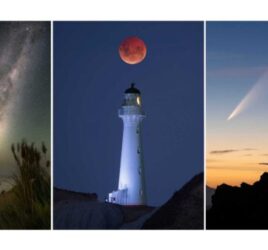Trenna Packer Salver nature competition
Trenna Packer Salver nature competition
Planning ahead for a WPS entry
Following on from entering the Photographic Society of New Zealand’s Wiltshire Cup and Bowron Landscape Trophy interclub competitions, the next competition we’d like to enter as a club is the Trenna Packer Salver competition. This is a competition for a set of six nature projected images and is run by the Nature Photography Society of New Zealand.
The objective of the competition is to illustrate the diversity of the natural world in New Zealand and its offshore islands.
Each entry is judged as a set not as individual images and must flow well and have good cohesion. And each image in the needs to be by a different member of the club. So, ideally, we’ll need quite a few images to be submitted by members to give us a good selection to choose from to put together our set.
Entries close on 20 June, and we’ll call for the submission of images to be considered for selection in our set later, but now’s the time for us to be planning ahead. If you’re into photographing nature, we’re asking you to think about what images you have that might be suitable or to think about making some new images specially for possible inclusion in our entry.
The subject matter must be nature as defined by the PSNZ rules for nature competitions, as interpreted by the NPSNZ. There are also restrictions on the image editing techniques used.
The full details of the rules are on the competition website https://naturephotography.nz/trenna-packer-salver/
The key points are:
- The subject matter is restricted to New Zealand and its offshore islands.
- The images cannot be of cultivated plants, domestic animals or confined animals.
- Objects created by humans, and evidence of human activity, are allowed only when they are a necessary part of the nature story.
- Landscapes may be included if they show natural phenomena or geological features.
- Processing or editing must be limited to making the image look as close to the original scene as possible, except that conversion to greyscale monochrome is allowed.
- Allowed editing techniques:
- Cropping, straightening and perspective correction.
- Removal or correction of elements added by the camera or lens, such as dust spots, noise, chromatic aberration and lens distortion.
- Global and selective adjustments such as brightness, hue, saturation and contrast to restore the appearance of the original scene.
- Complete conversion of colour images to greyscale monochrome.
- Blending of multiple images of the same subject and combining them in camera or with software (exposure blending or focus stacking).
- Image stitching – combining multiple images with overlapping fields of view that are taken consecutively (panoramas).

